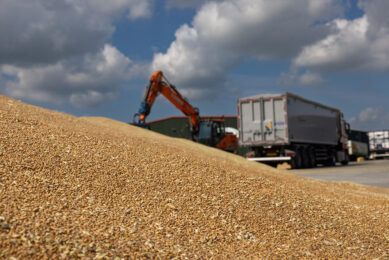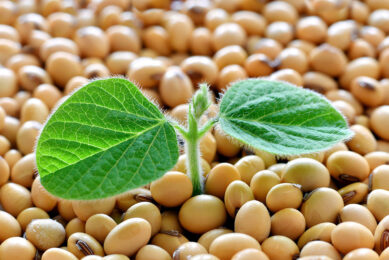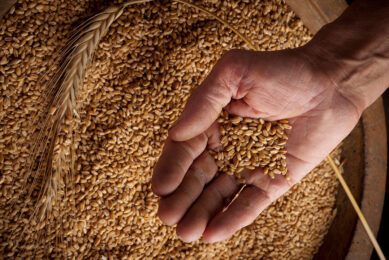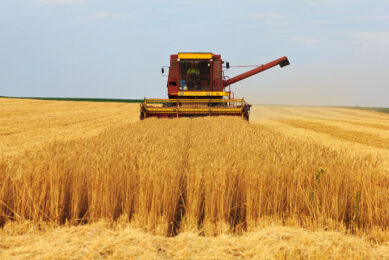EU estimates a quarter less Ukrainian corn
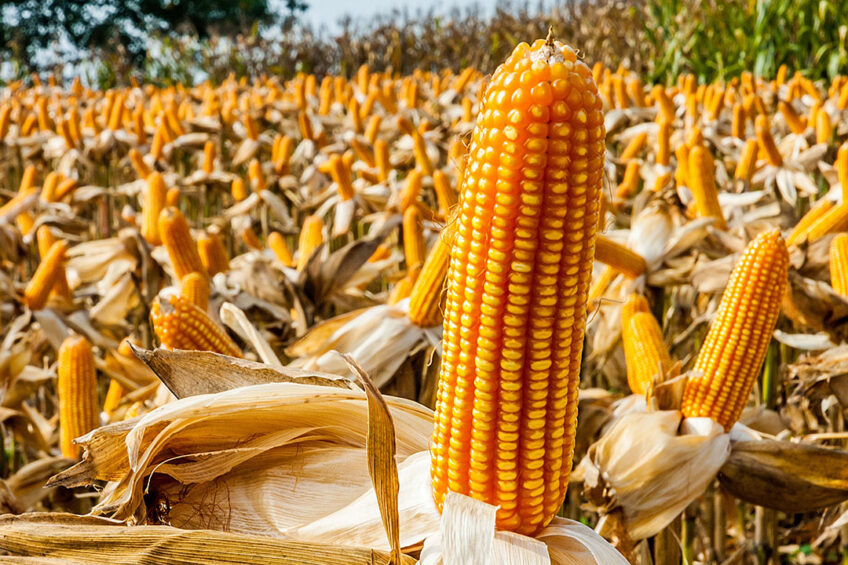
The European Commission estimates grain maize production in Ukraine at 32 million tons.
That is 24% less than last year and 5% below the 5-year average. Ukraine is an important supplier of maize to the European animal feed industry. The hectare yields of maize are above average (+4% compared to the 5-year average), but remain 8% below the level of last year. More importantly, the acreage has decreased by 17% compared to last year. Compared to the 5-year average, cultivation has shrunk by 9% to 4.5 million hectares.
Northern and Eastern Ukraine
In the northern and eastern provinces such as Chernihiv, Sumy, Poltava and Kharkov, the decline in acreage is the greatest. And although the hectare yields are generally higher in those regions, production is falling there. Poltavana is the province with the most corn; 529,000 hectares this year (-18% compared to 2021). Yields that are more than 10% higher are expected to result in a harvest that is 9% lower than last year at just under 4 million tons.
Wheat yields lower
Wheat production in Ukraine is estimated at 26.24 million tons. That is 18% less than last year and 4% below the 5-year average. The decrease is mainly the result of lower revenues. Crops in the South and West in particular suffered from long-term precipitation shortages. Higher yields were realised in the middle and north of the country, because rain fell on time there. Relatively high temperatures in the East did not do too much damage to the crop.
Full MARS report dedicated to Ukraine
The crop monitoring committee JRC has this time devoted a full MARS report to Ukraine. Based on regional forecasts, 22% of common wheat is believed to have been grown in areas where harvesting operations were most affected by the war in the country. For barley this concerns 20% of the acreage. Grain maize (4%), rapeseed (13%), sunflowers (10%) and soya (7%) are grown less in the areas where the war is most intense. In these regions, it is expected that the production of these crops will be lower as a result of the conflict between Ukraine and Russia.




